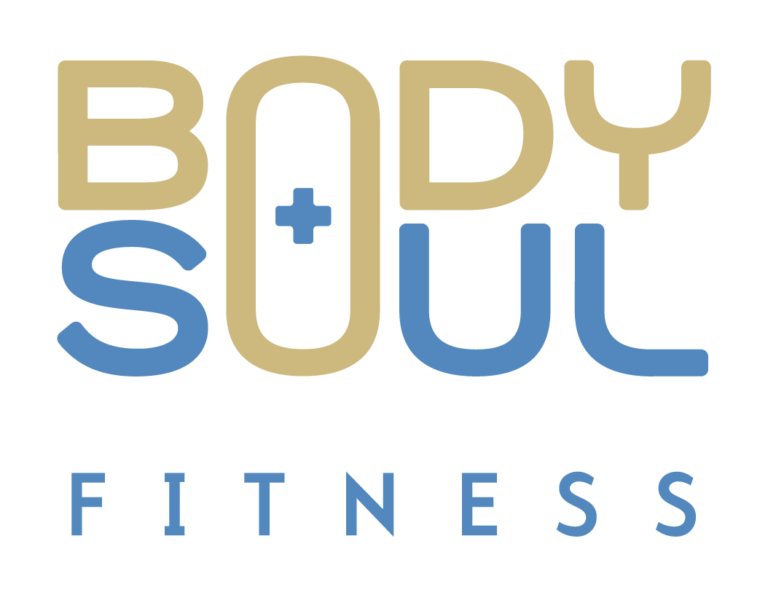The foot is comprised of many, joints, muscles, tendons and ligaments. We will cover some of the larger and more important parts in this section.
Let’s start with some of the larger bones in the foot and ankle.
The talus is located at the top of the ankle, at the bottom of the shin. It is arguably one of the most important bones in the foot because it articulates with so many other bones in the foot.
There are two major joints connected here that allow it to rotate freely; because of this, 70% of the bone is covered in cartilage. Ligaments in this area help to stabilize the ankle from excess inversion and eversion.
The calcaneus, more commonly known as the heel bone, is the largest bone in the foot. The talus sits on top of it.
In the front of the foot there are many smaller bones and joints serving a multitude of purposes – your metatarsals and phalanges, which together form your toes, for example.
Ligaments and tendons most commonly injured in the foot and ankle
The anterior talofibular ligament (ATFL) is the most commonly injured ligament when an ankle is sprained. The ATFL runs from the anterior aspect of the fibula down to the front portion of the ankle, in order to connect to the talus. It stabilizes the ankle against rolls (or inversion), especially when the ankle is pointed down (or plantar-flexed).
The Achilles tendon is also a very common tendon to be injured, and can come under a lot tension when the calf muscles aren’t properly mobilized, or the foot can’t stabilize properly.
Another common tendon in the foot is the arch. Contrary to popular belief, there are actually three arches in the foot. There is an inner (medial) arch, an outer (lateral) arch and an arch in the forefoot called the transverse arch.
For the purposes of this section, we will be discussing the inner arch the most.
Muscles in the foot
Many of the muscles that move the foot originate from the lower leg. These muscles attach via tendons to various bones in the foot.
- The muscles that move the foot upwards (dorsiflex the foot) originate on the front of the lower leg.
- The muscles that move the foot outwards (evert the foot) originate on the lateral aspect of the lower leg.
- The muscles that move the foot inwards (invert the foot) originate deep on the back of the lower leg.
- The muscles that move the foot downwards (plantarflex the foot) and propel the body forward originate from the knee and the back of the lower leg.
- The muscles that play the largest role in propulsion are the calf muscles (gastrocnemius and soleus muscles).
These muscles join to form the Achilles tendon that attaches onto the calcaneus. In addition to the long muscles, there are also numerous short muscles in the foot. These muscles also play a role in stabilizing the arches of the foot and in moving the toes.
Now that we have a basic understanding of the anatomy of the foot, let’s move on to how to identify potential problem areas.

Andrew Maynard
Share This Post
The first step in understanding the critical role of the foot in fitness is having a general knowledge of the basic anatomy. Andrews discusses a few of the most important bones and ligaments in the foot and ankle, and their relation to your performance in the gym.
Join Andrew as he explores how to identify potential problem areas both in and surrounding the foot. A few of the areas he covers are: appropriate toe nail length, footwear, arches and ankle positions.
Identifying and understanding proper functionality in the feet, ankles and toes is important for maximizing your performance. Andrew shares programming considerations you can add to your workouts to aid in helping the foot and your overall performance.
Andrew wraps up the workshop on foot health and the role of the foot in fitness with a few final tips and thoughts you can apply in your day-to-day routine.
Andrew introduces the workshop on the role of the foot in fitness, and the topics he will focus on: basic anatomy, how to identify potential problem areas and program considerations. The workshop will ensure your feet are in the best shape possible to help you get closer to achieving your fitness goals.
